Are credit cards safe?
Although credit cards may receive a bad reputation at times, it is actually a safe payment method, provided you use it right and practice caution when faced with potential security risks. Credit cards are safer to use compared to cash because, in the event that a theft happens, the chances of getting your cash back are slim to none. But, if your credit card is stolen, you have a better chance of exercising damage control to minimise your financial loss.
Aside from that, credit cards are designed with safety features to protect credit card holders including the security PIN feature and chip-based cards. Whether you’re shopping in a store, online or on your mobile device, you can do it with confidence that your data is protected. Using a credit card is safe, but you just need to be smart and make sure you take some precautionary measures when doing so. You can then enjoy the many benefits and convenience of having a credit card.
What is CVV and why is it important?
Card verification value (CVV) is to provide added security when making purchases over the internet. CVV is the three-digit number printed on the back of the card. It helps to verify that you are in possession of the card because the code shouldn’t be known to anyone else except you, as the card holder. It is also a way of counteracting credit card fraud.
Many online retailers require a CVV for purchases, which means they are actively working to prevent fraudulent transactions occurring on their site.
When purchasing an item or service in person, never provide the details of your CVV. Retailers or service providers do not need to request the CVV. If someone asks you for it, be highly suspicious and do not give it out.
How to be safe when using credit cards?
- Do not lend or give your credit card to anyone.
- Do not provide your credit card details to anyone.
- Do not carry your PIN together with your card, do not write it down anywhere, or disclose it to anyone.
- Shield your PIN when you key it in the terminal
- Keep the charge slips to verify the transaction with your credit card statement.
- Notify your credit card issuer immediately if you discover any errors or unauthorized transactions in your credit card statement.
- Cut your expired credit cards before you dispose of it when you receive your new cards.
- When shopping online, always do it over a secure network and avoid shared computers or laptops. Don’t carry out online shopping while connected to a public network such as free Wi-Fi at a café. Public networks are more vulnerable because anyone within the vicinity can monitor the information (such as banking details) passed between your computer and the Wi-Fi network you’re connected to. To stay safe, avoid online shopping and banking activities when connected to a public network.
- Inform your credit card issuing bank before you travel. This is to avoid your bank from freezing your account when you are making payment while abroad as they may see it as a suspicious foreign activity.
What to do if you lose your credit card or if it gets stolen?
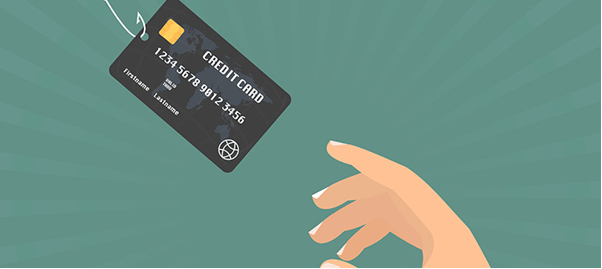
The first step is to inform your card issuer that your credit card is missing or has been stolen. Your card issuer will block any transactions made to your credit card from the time of your report to prevent any charges to your card. Your card issuer will also proceed to cancel that card. Most credit card issuers have a 24-hour toll-free hotline, so when you notice your card is missing, call them and immediately report it.
Create a contact list with the toll-free hotline numbers of all your card issuers. Store the list in a safe place and also add them as contacts in your mobile phone. This will come in handy if you lose your credit card while you are abroad, as you may need to contact a different number. Having all these numbers with you will make it easier and faster for you to reach your card issuers during times of emergency.
Hotline numbers for Malaysian banks
- Maybank: 1-800-88 3231 or 03-2072 1373
- Hong Leong Bank: 03-7626 8899
- CIMB: 03-6204 7788
- HSBC: 03-83218999
- Citibank: 03-2383 0000
- RHB: 03-9206 8118 overseas and West Malaysia 082-276118 East Malaysia
- Affin Bank: 03-2028 6300 or 1 800 88 3883
- AmBank: 03-2178 8888
- Alliance Bank: 03-5516 9988
- Bank Islam: 03-2088 8000 or 03-26 900 900
- OCBC: 03-8317 5000
- Public Bank: 03-2176 8555
- United Overseas Bank (UOB): 1800 88 9833 or 603-2612 3312 (overseas)
- Bank Rakyat: 1-300-80-5454 or 03-21179000 (overseas)
- Bank Simpanan Nasional (BSN): 1300-88-1900 or +603-2613 1900 (overseas)
- Standard Chartered Bank: 1300 888 888 or 603-7711 8888 (overseas)
- AEON Credit Service: +603-2719-9999 (local and overseas)
It is also helpful to submit a letter to your card issuer. State your credit card number, date of loss or theft, the date the loss was reported, and the last authorised transaction. This letter can act as an additional measure of proof that you have indeed contacted them about your lost or stolen card, should any disputes or unauthorised charges arise in the future.
After informing your card issuer, you should then lodge a police report. A police report is important as it can act as proof that you have reported your missing or stolen credit card. Keep a copy of the police report in case your card issuer asks for it, and you may need it when applying for a replacement card.
Once you have gone through all the steps above, make sure to thoroughly review your credit card statement. This is to check for unauthorised charges made to your credit card between the time it was stolen and the time you received your replacement card. However, you should always check your credit card statement regardless if it is lost or stolen, because unauthorised charges can be made without the physical card in hand through fraud or scams.
You will be liable for all unauthorised card transactions made before you notify your card issuer that it was lost or stolen. However, under Clause 13.2 of Bank Negara Malaysia’s Credit Card Guideline, card holders should not pay more than RM250 for fraudulent transactions made on their accounts as a result of lost or stolen credit cards.
But there’s a condition for this clause which states the cardholder should not have acted fraudulently, or should not fail to inform their card issuer that the card has been lost or stolen as soon as it happened. Once you have reported the loss card to your card issuer, you will no longer be liable for any unauthorised amount that may be charged to your card after that.
Signature to PIN for added security
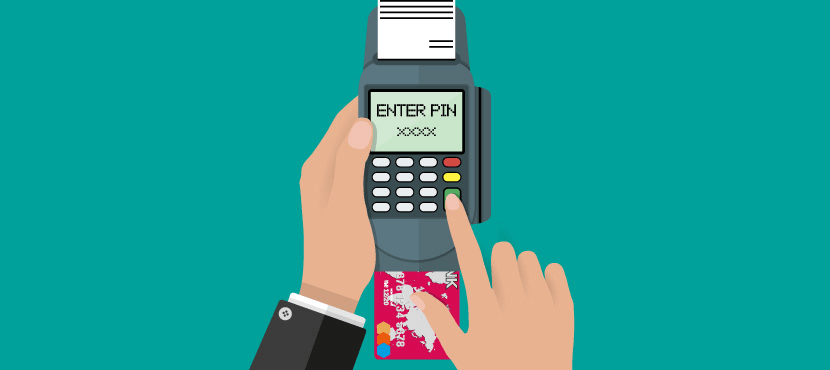
Add short introduction that traditionally, a signature was sufficient to authorise a credit card transaction. However, the central bank BNM has introduced a measure to a PIN-enabled form of authorisation and card holders will no longer be able to simply pen down their signature….
A PIN or Personal Identification Number is a code which is selected by the cardholder. It consists of six digits in Malaysia (in some countries they use a four-digit PIN) and is used when one makes a payment with their credit card.
Bank Negara Malaysia has set a deadline of January 2017 for which transaction with a card that is not PIN-enabled will be declined. Upgrading process for the migration is said to be completed by the end of the year where payment terminals at retailers will all be upgraded for the PIN migration.
From 1 July 2017, signature authorization for payments made with credit cards will no longer be accepted. This PIN verification will include credit cards, debit cards, charge cards and prepaid cards. Once you have received your PIN-enabled card, make sure you deactivate your old card to avoid service interruption.
The new PIN-enabled cards will also provide the convenience of contactless payment by waving or tapping the card at payment terminals. Contactless payment will be limited to RM250 and below and does not require a pin. If you do not want to use the contactless payment feature, you can choose to disable it by contacting your card issuing bank.
Why the migration from signature to PIN?
Malaysia is moving from signature to PIN for all credit card purchases as a preventive measure. This is because signature-based cards are easier for fraudsters to take advantage of. It is also part of a worldwide shift to protect credit card users, and many countries such as Australia, Canada and European countries have implemented the PIN-enabled verification. Aside from that, the change was also ordered by Bank Negara to enhance the security of cards.
A PIN-enabled card would reduce the likelihood of unauthorised usage of your credit card compared to a signature-based card because your signature can easily be forged. But to ensure this, make sure you DO NOT share your PIN with anyone else. You should know that it is stated in the terms and condition of cards that PINs are only supposed to be known to the cardholder.
How to keep your credit card secure?
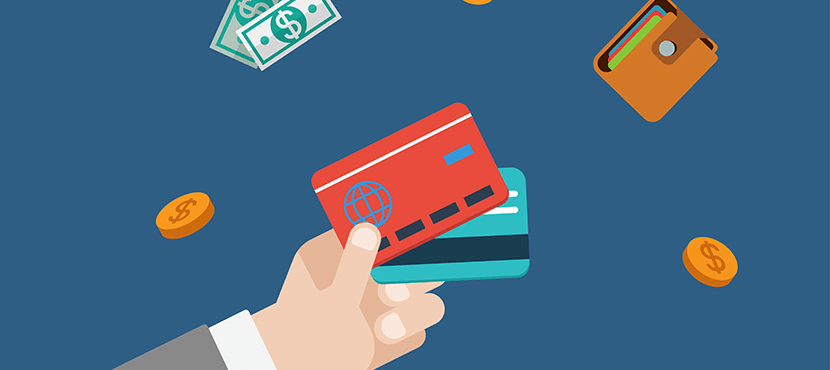
Keep your information updated
Make sure your address and mobile phone number are up-to-date. Your credit card statements are delivered to your address and can be misused if it falls into the wrong hands. Ensure the address is correct and update it if you have moved. Credit card safety features like One Time Password (OTP) and Transaction Authorisation Code (TAC) will require you to provide your mobile phone number to your card issuing bank. Make sure you provide the correct number and update it if you changed numbers.
Be alert when making payments
Don’t take your eyes off your card when you hand it to a shop employee to make payments. This is to avoid your card being tampered with through the skimming method. Always make sure your card is only swiped once at the terminal and check your card when it is returned to you to make sure it is the correct card, and has not been swapped for another card.
Ask questions
If you receive a call from a telemarketer, ask questions. You may have received the call because you are a cardholder of a credit card. If the caller is unable to answer many questions, it is likely a call from an illegitimate business. To stay safe, never give out your personal information or banking details through the phone.
How to safely apply for a credit card?
If you would like to apply for a credit card, there are 3 common methods. To make sure you apply for it safely, apply by going to a bank branch, online through a bank’s website or through a reputable financial comparison website such as CompareHero. We ensure all of our customers data is kept safe and we do not share it with any third-party. CompareHero delivers customer details to banks through password encrypted portals for added safety.
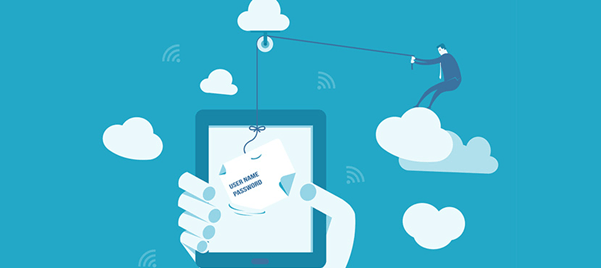
Credit card scams
A scam is a deceptive act or operation done to cheat another person in order to receive an advantage, such as money. Credit card scams you should be aware of are:
SMS spoofing scam
This is an increasingly common technique used by scammers. SMS spoofing is a technology that allows the sender to set who the message appears to be from by replacing the real mobile number. The message will claim to be from a bank and will usually require immediate attention. Do not respond to the SMS and do not follow any instructions given. If you do so, you may be sending your information directly to a scammer. If the SMS provides a number for you to contact if you did not perform the transaction, do not call the number, instead go to your bank directly.
Bogus calls or Phishing
Beware if you receive calls from individual claiming to be a representative from banks. These calls are usually on the pretence of alerting you on a high amount of outstanding credit card balance under your name. The scammer will usually use scare tactics on the victim by claiming that if payment is not made, the victim will get into trouble. Do not engage any further with the caller, and call your credit card issuer immediately. Better yet, go to your nearest bank branch to sort it out.
E-mail scam
An e-mail scam will involve a scammer sending you e-mails claiming to be from a bank or a trusted organisation in order to lure victims to reveal their banking details, credit card numbers or passwords. The e-mail will usually contain a link and prompts the victim to click the link. Do not click on a link within an email as it is a common modus operandi for scammers to acquire your personal banking information.
Credit card frauds
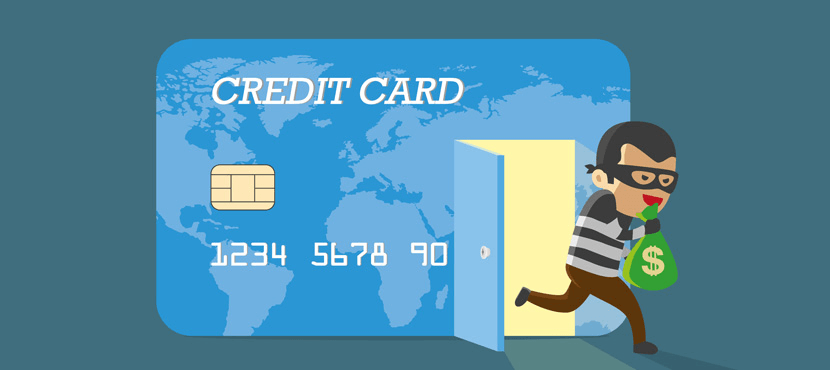
Fraud is when a criminal tries to deceive, cheat or trick someone to gain an advantage such as money, power, authority and materials. A person who commits frauds is known as a fraudster. Credit card frauds happen when a fraudster uses your credit card to make purchases. Credit card frauds you should be aware of are:
Application fraud
This is when an individual applies for a credit card but gives false information, or uses someone else’s identification. It can happen when a criminal submits stolen or fake documents to open an account or apply for a card under someone else’s name. Criminals may do this by stealing documents like utility bills and bank statements to build and create personal information for them to use.
Account takeover
When a criminal takes over another person’s account, it is known as an account takeover. It is done by gathering information about the victim, and then the criminal will contact the victim’s card issuer to impersonate them as if they are the genuine cardholder, usually to ask for mail to be redirected to a new address. Once they manage to get that done, the criminal will then report the card as lost and ask for a replacement.
Skimming
This is done by installing a skimming device to the magnetic strip of a machine. When your card goes through the machine, it captures valuable information about your card. The information is then transmitted to the fraudster that operates it. This can happen when retail outlet staffs swipe your card to the skimming device when you are not looking during the payment process. Always keep a watchful eye on your card during the transaction process.
How To Protect Yourself from Credit Card Fraud and Scams?

Be cautious when shopping online
Carry out online shopping on private networks, such as when you are at home and connected to your own internet connection. Don’t do online shopping while connected to public internet connection because it is more susceptible to hackers. Hackers can steal your information by installing a keylogger, which is a computer program that records everything you do while on public computers and public Wifi networks. If you use these devices to pay for things, your login information, account details and your password will be available to the hacker.
Manage your credit card slips
Keep track of all of your credit card statements to avoid being a victim of identity theft. If you have not been receiving your credit card statements, alert your credit card issuers immediately. Unless you opt to get it sent to your via e-mail, you should be getting it in your mail box. If you have not received it, find out why because someone could have taken it from your mail box. You should also go through your monthly statements to check that all of the transactions are accounted for. It would be faster for you to spot any irregular or fake transactions charged to your credit card if you diligently look through your statement.
Tear unused credit card details
Make sure you tear or shred unwanted documents with your credit card details on it before you throw it out. This will also apply to credit card statements which you no longer need. This is to avoid it falling into the wrong hands. Criminals can use the details to build a profile, and then manipulate it by impersonating you at your expense.
Save








.png?width=280&name=When%20and%20How%20to%20Move%20Beyond%20Your%20First%20Card_FI%20(1).png)

